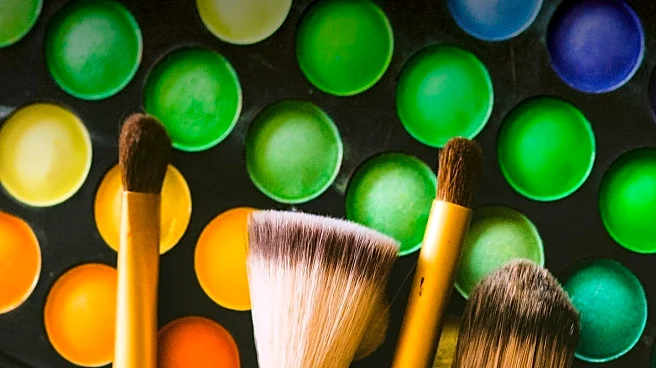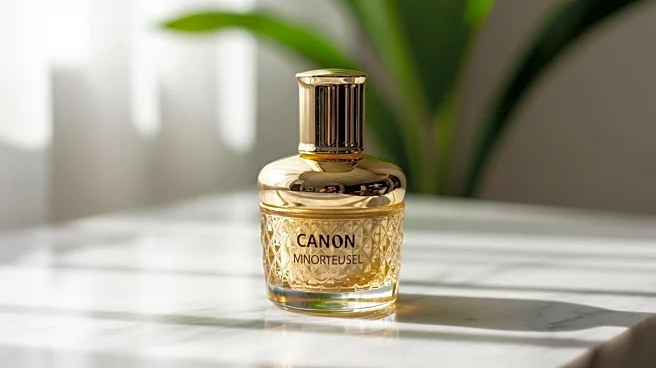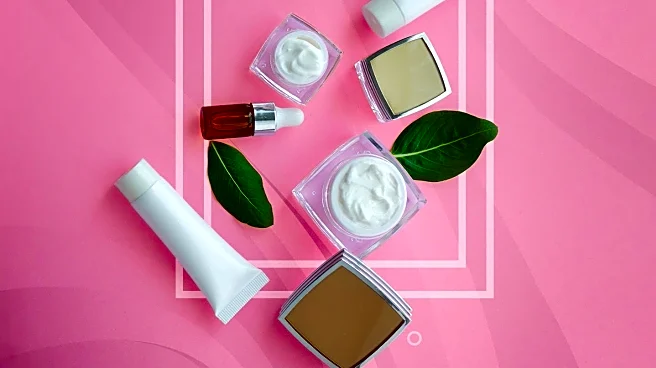What's Happening?
The beauty industry is experiencing a significant shift from the traditional 'Lipstick Index' to what is now being termed the 'Wellness Index.' This change reflects a broader consumer focus on wellness and resilience rather than mere cosmetic enhancement. Historically, the 'Lipstick Index' suggested that consumers would continue to purchase small luxury items like lipstick during economic downturns as a form of affordable indulgence. However, the modern consumer is increasingly prioritizing products that offer long-term benefits for skin health and emotional well-being. This shift has been accelerated by the global pandemic, which altered daily beauty routines and increased demand for products that support skin health and stress regulation. As a result, there is a growing interest in multi-functional, microbiome-supportive products and calming treatments that address issues like inflammaging.
Why It's Important?
This shift in consumer behavior has significant implications for the beauty industry, particularly in terms of product development and marketing strategies. Companies are now focusing on creating products that offer tangible benefits and are backed by scientific research, rather than relying solely on brand prestige or aesthetic appeal. This trend is likely to influence the types of products that dominate the market, with an emphasis on those that support skin health and emotional well-being. As consumers become more ingredient-savvy, brands that can demonstrate efficacy and build trust will likely gain loyalty. This evolution reflects a broader societal trend towards prioritizing health and wellness, which could impact other industries as well.
What's Next?
The beauty industry is expected to continue evolving in response to these changing consumer priorities. Brands may increasingly focus on developing products that offer both sensory satisfaction and scientific backing. This could lead to growth in categories such as microbiome-supportive skincare and reparative treatments. Additionally, companies may need to adapt their marketing strategies to emphasize the wellness benefits of their products rather than just aesthetic enhancements. As consumers seek products that align with their wellness goals, brands that can effectively communicate their value proposition in terms of health and emotional well-being are likely to succeed.
Beyond the Headlines
The shift from the 'Lipstick Index' to the 'Wellness Index' also highlights broader cultural changes in how beauty is perceived. There is a growing movement towards embracing authenticity and transparency, with consumers valuing products that enhance their natural beauty rather than concealing flaws. This cultural shift is reflected in the rise of skin positivity and the celebration of diverse beauty standards. As the industry adapts to these changes, it may also influence societal attitudes towards beauty and self-care, promoting a more holistic approach to personal well-being.











